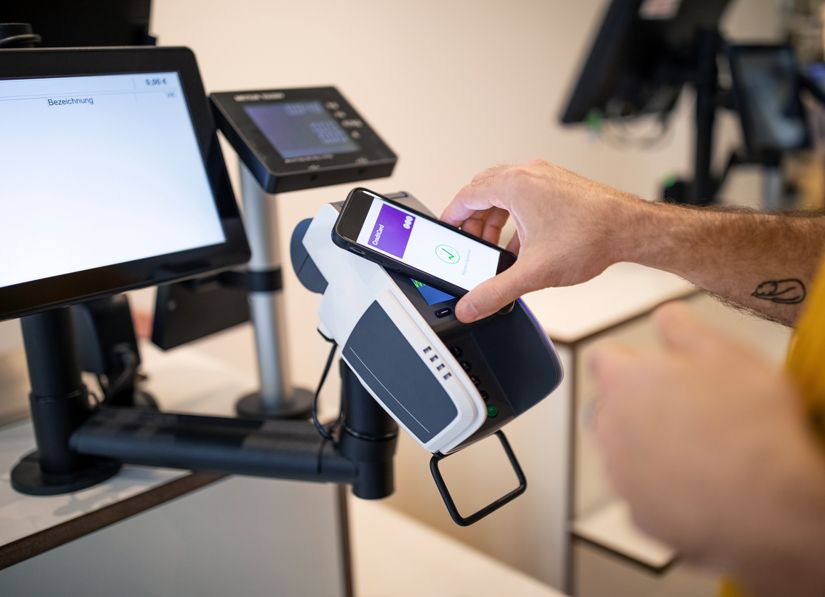
Chelsea Phillips, 25 September, 2021
The future of retail is here
Cast your mind back to ten years ago, maybe even fifteen – it is clear to see the retail landscape has dramatically changed. Not because people now flock to Cotton On over Jay Jays, but because of the integration of new business models, an increasing focus on big data analytics, and a growing implementation of in store technologies has dramatically changed the customer experience to be increasingly and desirably frictionless.
Checkout, what checkout?
Pertinent to the grocery experience, over the last fifteen years we have seen the gradual dissolution of the traditional checkout. This first began in the late 2000's with the introduction the self-checkout, which was met with the now usual outcries of job concerns, queries over system errors, and the stressful experience for some. Now the norm, all but ten years later, the launch of the Amazon Go store has signalled a future grocery experience with no checkout all together. In this convenience store, customers can ‘just walk out’, achieved by a combination of artificial intelligence, computer vision, and sensor fusion. Seems futuristic and quite distant, right? Well, prompted by the COVID and the need for completely contactless experience, Amazon is selling its cashierless technology to retailers, rapidly accelerating the widespread implementation of this technology.
Human-substitutive technologies
The ‘just walk out’ experience presents the ultimate demonstration and implementation of human-substitutive technologies, whereby technology is used to purposely replace and automate humans’ active input in a service encounter. While this does in fact create a more frictionless experience by removing the relatively unpredictable and bumbling nature of humans…the longstanding question remains; what about the humans?
The purpose of humans in retail
I investigated the anticipatory perception of a customer’s just walk out experience, and the relationship between customer effort and experience memorability. But what I actually uncovered was the meaning of human connection. Turns out, yes – majority of customers don’t particularly want to talk to employees within a grocery store setting. And the variability in this surrounds different generational expectations and needs when requesting assistance. But what happens when you take away the opportunity to interact with a human? You impact the customer’s emotional journey. It turns out, when you take away the opportunity for even subtle human connection in a customer experience, a smile, just the acknowledgement of a customer’s presence, you negatively impact the customer’s emotional journey.
As it turns out, you can never truly replace the human after all.
